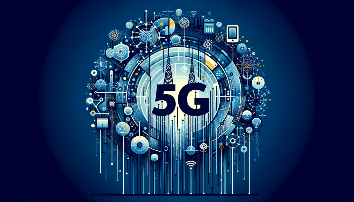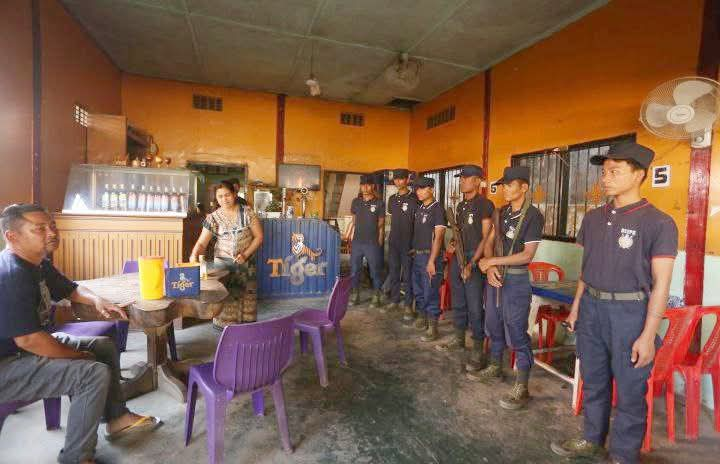
5G networks offer a range of use cases that leverage their high speed, low latency, and increased capacity compared to previous generations of mobile networks. Here are some key use cases for 5G:
Enhanced Mobile Broadband (eMBB) – Streaming High-Definition Content: Users can stream 4K/8K video and virtual reality (VR) content without buffering.








Augmented Reality (AR): Applications in gaming, education, and retail can provide immersive experiences with real-time interactivity.
Massive Machine-Type Communications (mMTC):
IoT Applications: Support for large-scale IoT deployments, such as smart city infrastructure (traffic management, smart lighting, waste management) and agricultural sensors (monitoring soil conditions, crop health).
Wearable Devices: Enhanced connectivity for health monitoring wearables and fitness trackers.
Ultra-Reliable Low Latency Communications (URLLC):
Autonomous Vehicles: Real-time communication between vehicles and infrastructure to enhance safety and navigation.
Telemedicine: Remote surgery and real-time health monitoring that require minimal latency and high reliability.
Industrial Automation: Smart factories with real-time monitoring and control of machinery and processes.
Smart Cities:
Traffic Management: Real-time data integration to optimize traffic flows and reduce congestion through connected vehicles and smart traffic lights.
Public Safety: Enhanced emergency response systems using connected cameras and sensors to monitor public spaces.
Remote Work and Collaboration:
Virtual Meetings: Improved quality of video conferencing tools that require high bandwidth and minimal latency.
Shared Virtual Environments: Enhanced capabilities for remote teams working in shared virtual spaces for training, design, or collaborative tasks.


Leave a Reply